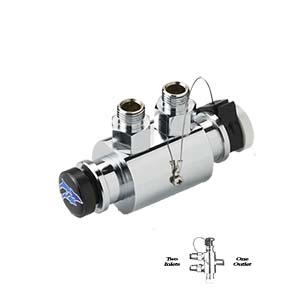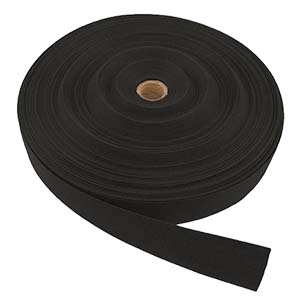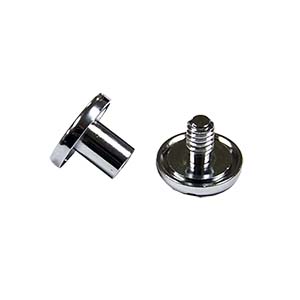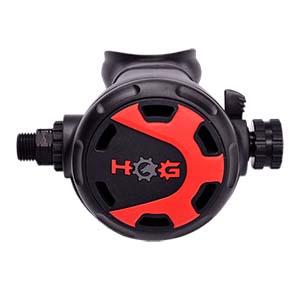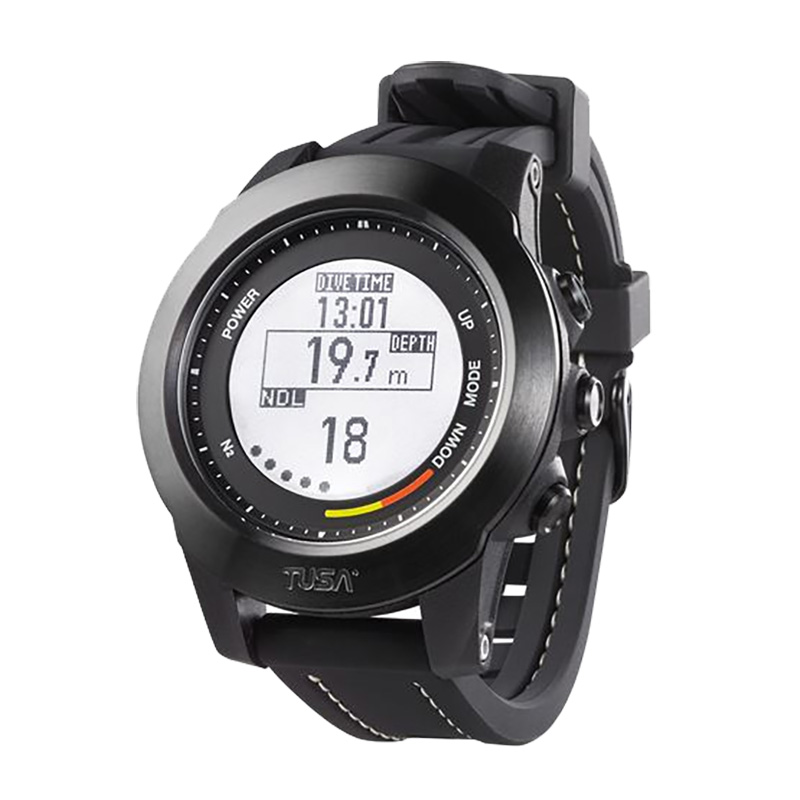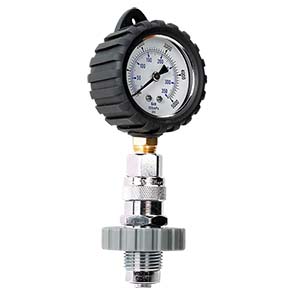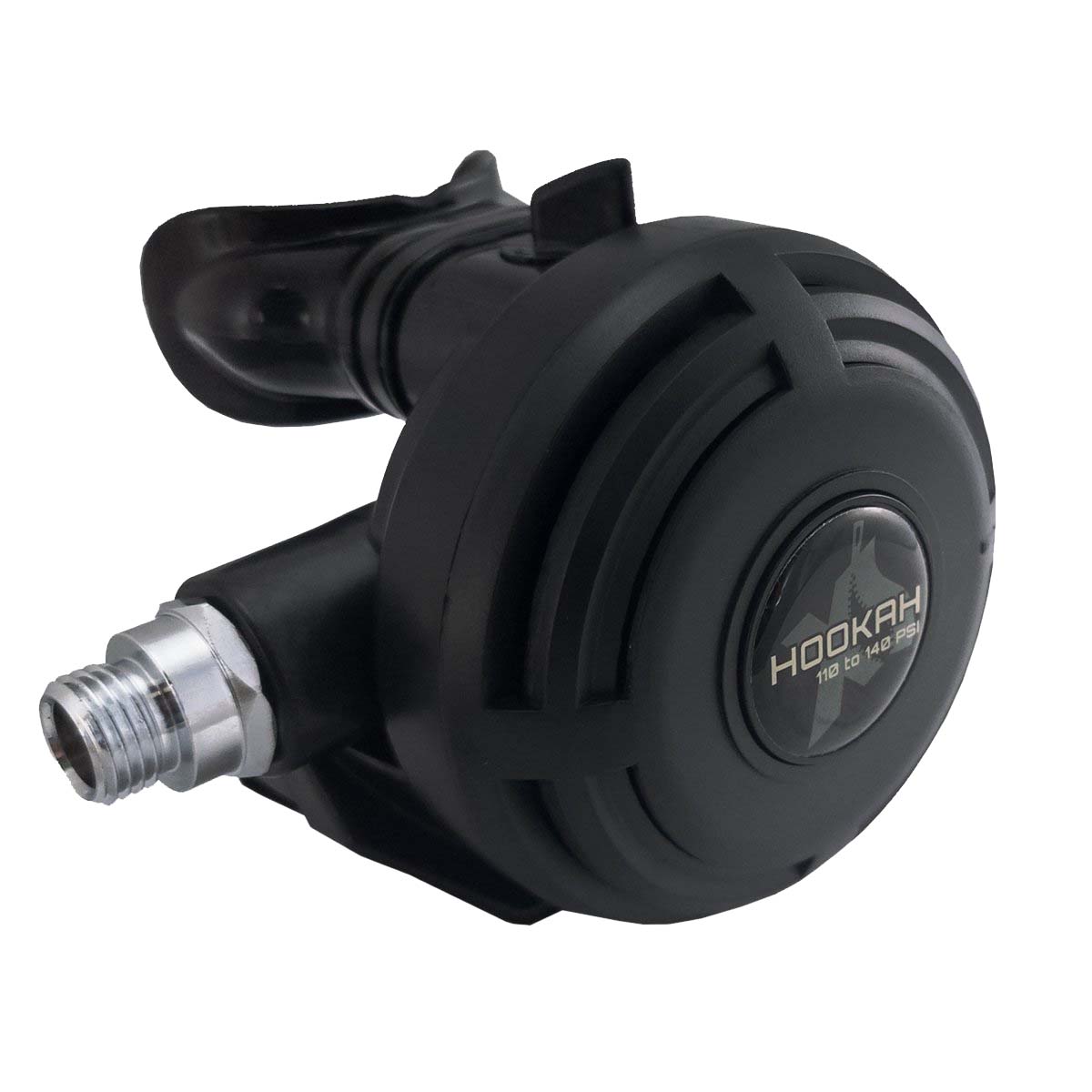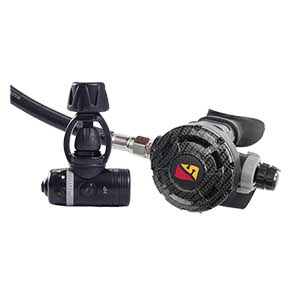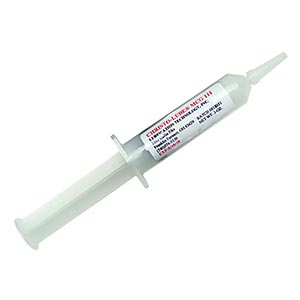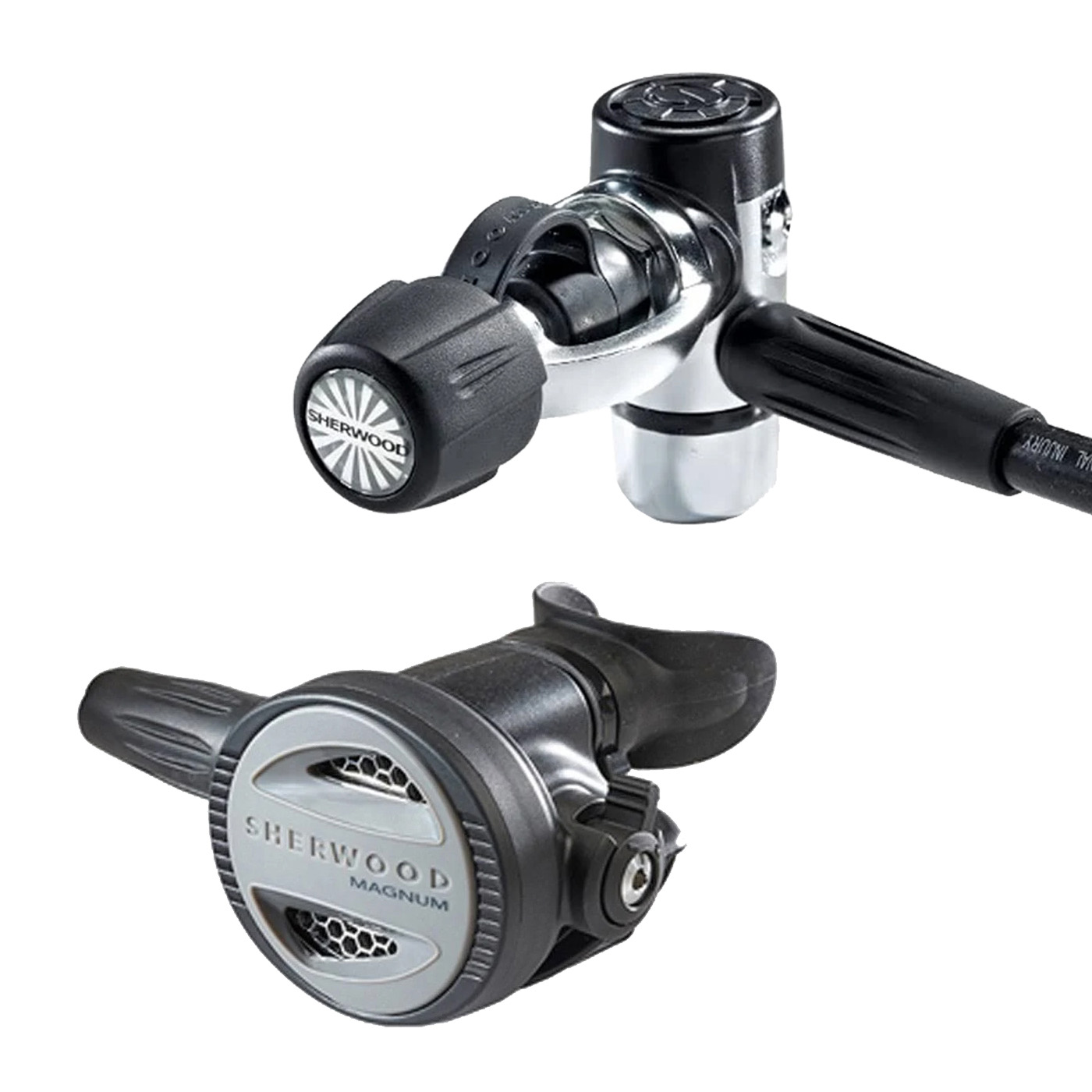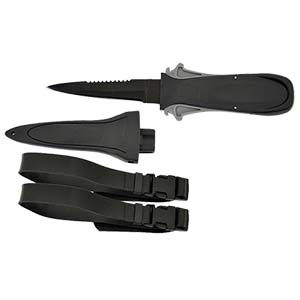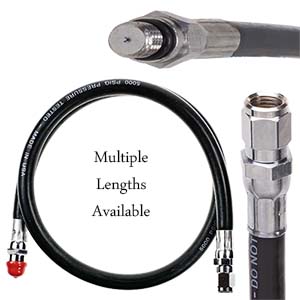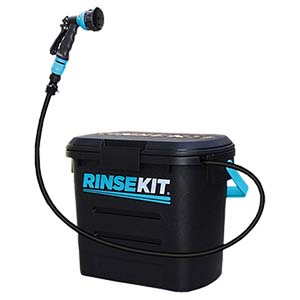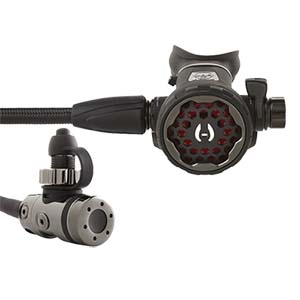Advanced Boyle's Law
Pressure Volume Relationships
We can take the knowledge we have gained thus far and figure out the volume of objects at anydepth, not just at 33 feet, 66 feet etc. Boyle's Law tells us that there is an inversely proportionalrelationship between the pressure and the volume of gases. This means that the pressure (P)exerted on a gas times the volume (V) of the gas will always equal a constant (K). P x V = K.If we take this one step further, we know that since this holds true for our balloon at any depth,the pressure times the volume at one depth must equal the pressure times the volume at any otherdepth. Or:
P1 x V1 = P2 x V2where P1 is the pressure at the first depth and V1 is the volumeat the first depth and P2 is the pressure at the second depth and V2 is the volume at the seconddepth.
Let's plug some numbers into this equation to see how it works. To make our first example easy,let's take an example we have already done. A balloon is 1 cubic foot at the surface, how bigwould it be it we took it down to 66 feet. We know the answer should be 1/3 cubic foot, but let'swork through the formula.
The pressure at the surface is 14.7 psi and the volume is 1 cubic foot so the first half of ourequation looks like:
14.7 x 1 = P2 x V2
Next we need to determine the absolute pressure at oursecond depth. (If you don't know about absolute pressure, check out Intro to Gasses.) To calculate the absolute pressure at 66 feet wemultiply 66 times the pressure per foot in salt water, .445 and then add in 14.7 psi to give us theabsolute pressure at this depth.
P2 = (66 x .445) + 14.7 P2 = 29.37 + 14.7 or P2 = 44.07Plugging the numbers into our formula then, we get
14.7 = 44.07 x V2
To solve for V2, we divide both sides of the equation by 44.07 that gives us the following:
14.7 / 44.07 = V2Solving for this we then see that
V2 = 14.7 / 44.07 or 0.333 or 1/3.Let's try another problem. If a balloon is 1 cubic foot in 20 feet of fresh water, how big would itbe at a depth of 50 feet?
We use our formula P1 x V1 = P2 x V2 and start putting in the numbers. We know our V1 is 1.To determine P1 we multiply 20 times the pressure per foot in fresh water .432, then add 14.7. P2 would be 50 times .432 + 14.7 so our equation looks like this:
[(20 x .432) + 14.7] x 1 = [(50 x .432) + 14.7] x V2Using a calculator we start doing the math:
[ 8.64 + 14.7] = [21.6 + 14.7] x V2we add up the sides to give us:
23.34 = 36.3 x V2Then we divide both sides by 36.37 to get:
23.34 / 36.3 = V2 or V2 = 0.6429752066116rounding this number, we see that a 1 cubic foot balloon at 20 feetwould be compressed to about .64 of a cubic foot at a depth of 50 feet.
As you can see, it is simply a matter of punching the numbers into the equation derived fromBoyle's Law to calculate volumes and pressures of compressible objects at any depth.
Serving all of Dallas, Ft. Worth, Carrollton, Plano, Allen, The Colony, Frisco, Highland Park, Little Elm, Euless, Bedford, Grand Prairie, Farmers Branch, and the rest of the North Texas area... as well as World Wide!



